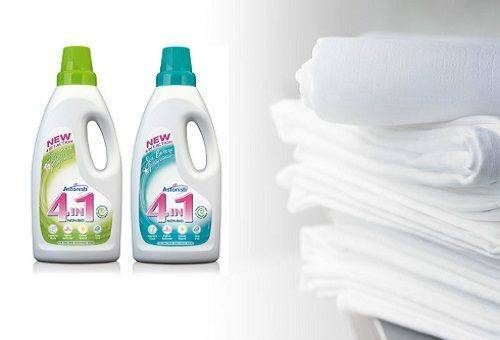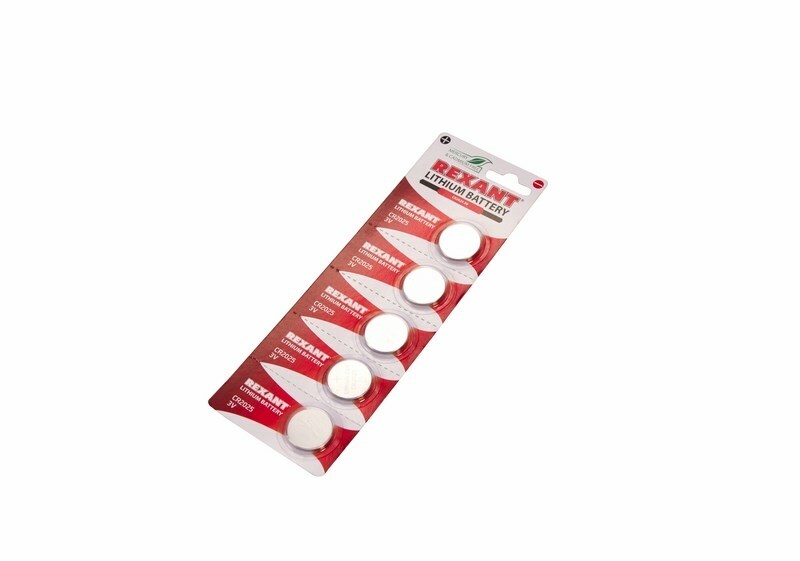Content:
- Powder or gel - comparative characteristic of
- We choose, based on the composition of household chemicals
- In which case to use gel, and in what - powder?
If a few years ago, mistresses, starting a wash, chose between one kind of powder and laundry soap, then today the range of profile products has significantly expanded. Now in the household chemistry market there is a gel for washing, and therefore, it is even more difficult to determine what will serve better at home.

Innovative liquid development is gradually gaining its army of fans, but the traditional powder does not give up its positions either. To understand which means will prove better in this or that case, you need to compare their characteristics, compositions, physical and chemical properties, price, availability of additional options.
Powder or gel - a comparative characteristic of
Skeptics believe that a gel for washing is just another marketing move by manufacturers of household chemicals, designed to increase their sales. Whether this is so will make it possible to understand the comparative characteristics of two types of drugs:

- Both the powder and the gel are ready-to-use agents that do not need to be previously diluted, mixed or activated by auxiliary reagents. The application of both of these products does not cause any difficulties.
- The maximum efficiency that powder can provide during washing is achieved by using water heated to high temperatures( up to 90 ° C).Substances that are part of the liquid, at such rates are destroyed, so it is recommended to dilute the gel with warm water, the temperature of which does not exceed 30-40 ° C.
- The components that make up the gels require special activation, which is only possible when using a washing machine. The powder does not require this kind of stimulation, so it shows better during manual washing.
- The undoubted advantage of gels is the convenience of dosage. While the powder has to be poured "by eye" or use the measuring spoons for this purpose, usually not included in the product, the gel can be measured with a cap.
- When working with washing powders, many housewives experience discomfort, becausethe composition is very dusty, irritating the mucous membranes. Liquids in the form of a gel do not create uncomfortable conditions and very rarely provoke allergic reactions.
- It is much more convenient to store the gel, because the bottle cap can be tightened tightly. The powder constantly tries to get enough sleep out of the box or damp.
- Granules of bulk material can dissolve very long even in hot water, so this composition is washed out rather reluctantly, often leaving after washing the specific divorces on things. Liquid products are washed out much better, so the products do not require additional rinsing.
- Habitual powder is a rather aggressive remedy, its regular application negatively affects the condition of the tissue and leads to a gradual wear of things. Gel compositions act gently and neatly, preserving the texture of the fibers. After their use, the garments do not acquire a washed-out appearance and look like new ones.
- According to scientists, liquid products contain far fewer substances that negatively affect the state of the environment. For this reason, there is an active promotion of the use of gel funds.
- Given the fact that the gel gives the maximum effect at low temperatures, and the powder at high temperatures, the energy savings in the first case is obvious.

Since the liquid products began to sell better and their range has expanded, the impressive difference in the price plan has flattened and ceased to play a decisive role.
Tip: Before making a choice in favor of a particular tool, you need to carefully read the composition of the product and familiarize yourself with its properties. Today, more and more often you can find powders that are more reminiscent of gels and vice versa. There is a high risk of acquiring a drug that does not meet the stated requirements and getting the wrong effect on which the calculation was made.
We choose, based on the composition of household chemicals

Despite the same purpose of cleaning products, their composition is markedly different. To understand which product will serve better, remember that:
- The gel contains far fewer surfactants than the powder. For this reason, after washing, liquid products wash out faster than free-flowing, leave no traces, but a significant portion of the detergent composition is used to soften the aquatic environment. The remaining components are not so active, so the result of the use of gels is not so obvious, as from the use of powders.
- Gels contain active enzymes that promote the removal of protein organic contaminants. Powders with such properties can not boast( only if they are not specialized).It is important to remember that enzymes only work during delicate washing, at high temperatures( above 60 ° C) they are destroyed.
- It is rare to find a gel that contains phosphates, but the powder works precisely because of these components. Chemical compounds at times increase the cleaning ability of surfactants, so they help to remove even the most persistent stains. If you need to establish which remedy best removes dirt during the washing process, the answer is unambiguous - the detergent powder. On the other hand, the harm of phosphates has been proven long ago, and if it is possible to avoid their effects, it must be used.
- Many gels for processing white things contain titanium dioxide and its analogs. Unique components do not wash out completely after washing and settle on the surface of the fabric in a scant amount. They reflect light, creating the effect of the greatest possible whiteness down to blue.
- Aromatic additives are widely used in all modern household chemicals, but here the gel has an advantage over the powder. Its liquid formula makes it possible to better combine plant and vegetable extracts useful for tissues and skin, balms, softening salts, disinfectants.
It is difficult for a person who does not have a chemical education to independently establish the strengths and weaknesses of each product from the field of household chemicals. Therefore, when choosing a suitable tool, you can be guided by at least the given features of the products, their strengths and weaknesses.
In which case is the gel used, and in what way is the powder used?

If you summarize all the above factors and features, you can easily understand when to use the powder to apply the powder, and when you can get by with the gel:
- For daily or very frequent machine washing of clothing and household items, the gel product is ideal. If you need to handle the product by hand, then you can use only a traditional free-flowing agent.
- The treatment of delicate fabrics is best entrusted to the gel. It will gently clean the impurities, acting in cool water, restore the color and texture of the fibers, and in some cases even return the product to its original size. Powder is indispensable for the processing of objects made of cotton and linen, which, in order to obtain an optimum result, must be washed in hot water.
- Safe and soft gel will become an indispensable tool for the restoration of children's things. But we must remember that only high-quality powder will cope with severe pollution.
- Gel remedy is an indispensable product for asthmatics and people whose body is prone to stormy reactions to the effects of various chemicals.
It turns out that it is recommended to have both detergents and liquid analogues in the household. Proper combination and alternation of formulations will achieve the maximum result with minimal risks.



